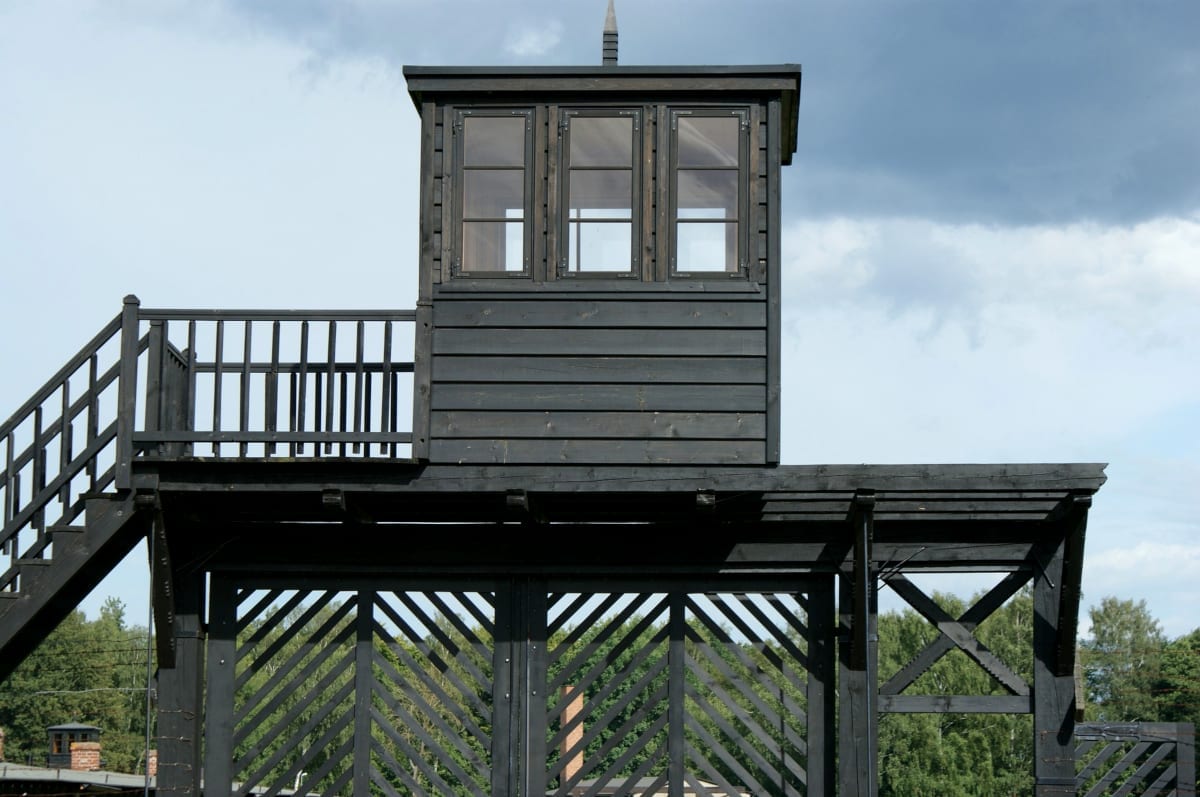
KL Stutthof, Sztutowo
Stutthof – updated 15 January 2023.
KL Stutthof was a Nazi German concentration camp established in a secluded, marshy area near the small town of Sztutowo (German: Stutthof) 34 km (21 mi) east of the city of Danzig (now Gdańsk, Poland) in the former territory of the Free City of Danzig.
The camp was set up in September 1939, shortly after the start of World War II. It was the first camp outside German borders and the first concentration camp set up by the SS on Polish soil. The camp was in operation until May 9, 1945, and during this time, an estimated 110,000 people were sent there; 65,000 of whom died.
The majority of those who died were Polish, but there were also prisoners of other nationalities including Soviet, Jewish, Czech, Dutch, and Belgian.
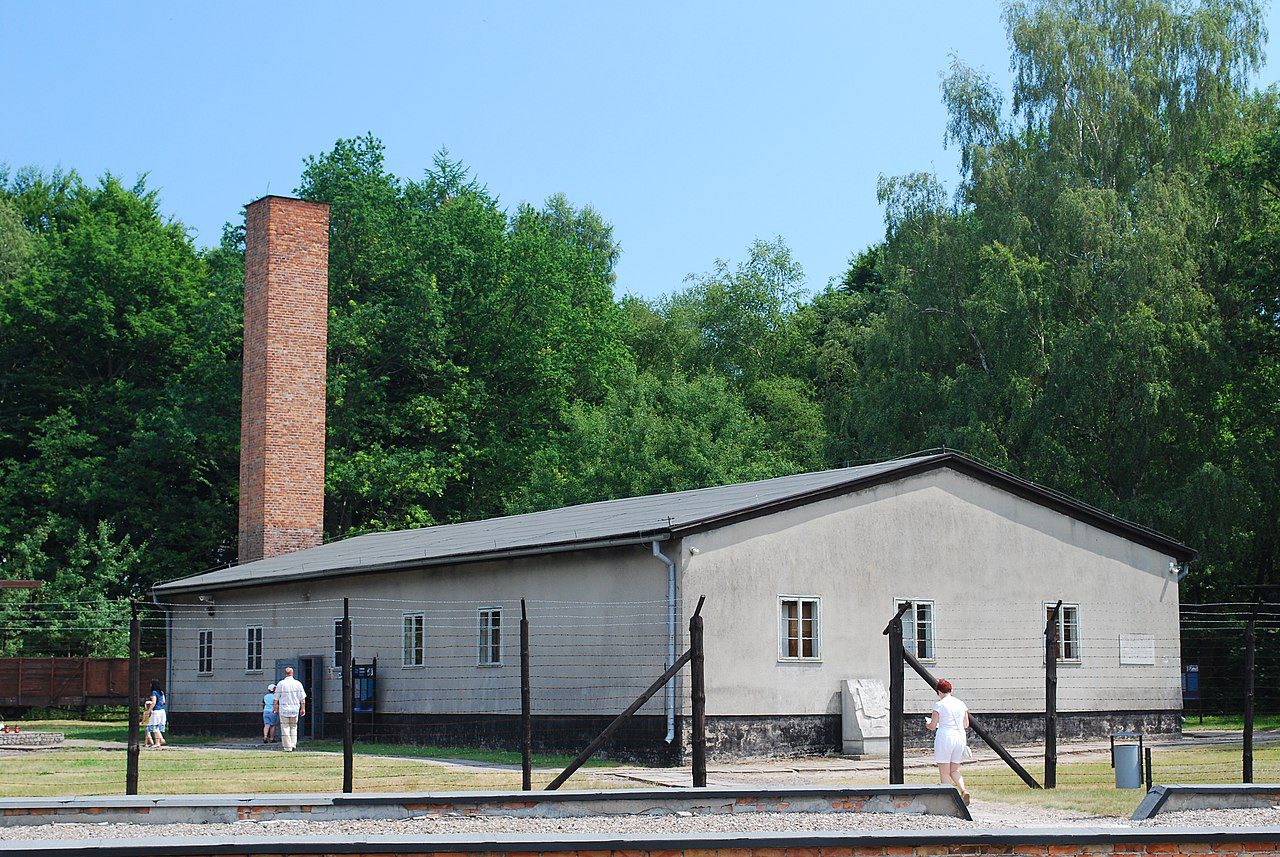
Invasion of Poland
The camp was established directly after the invasion of Poland and was initially designated as a civilian internment camp prior to becoming a labour education camp in November 1941 and finally a regular concentration camp in January 1942.
Selbstschutz
Before the war even began, the German Selbstschutz (ethnic-German self-protection units) had created lists of people that were to be arrested and detained. The Nazi authorities had also secretly started to review suitable locations to establish concentration camps in the area.
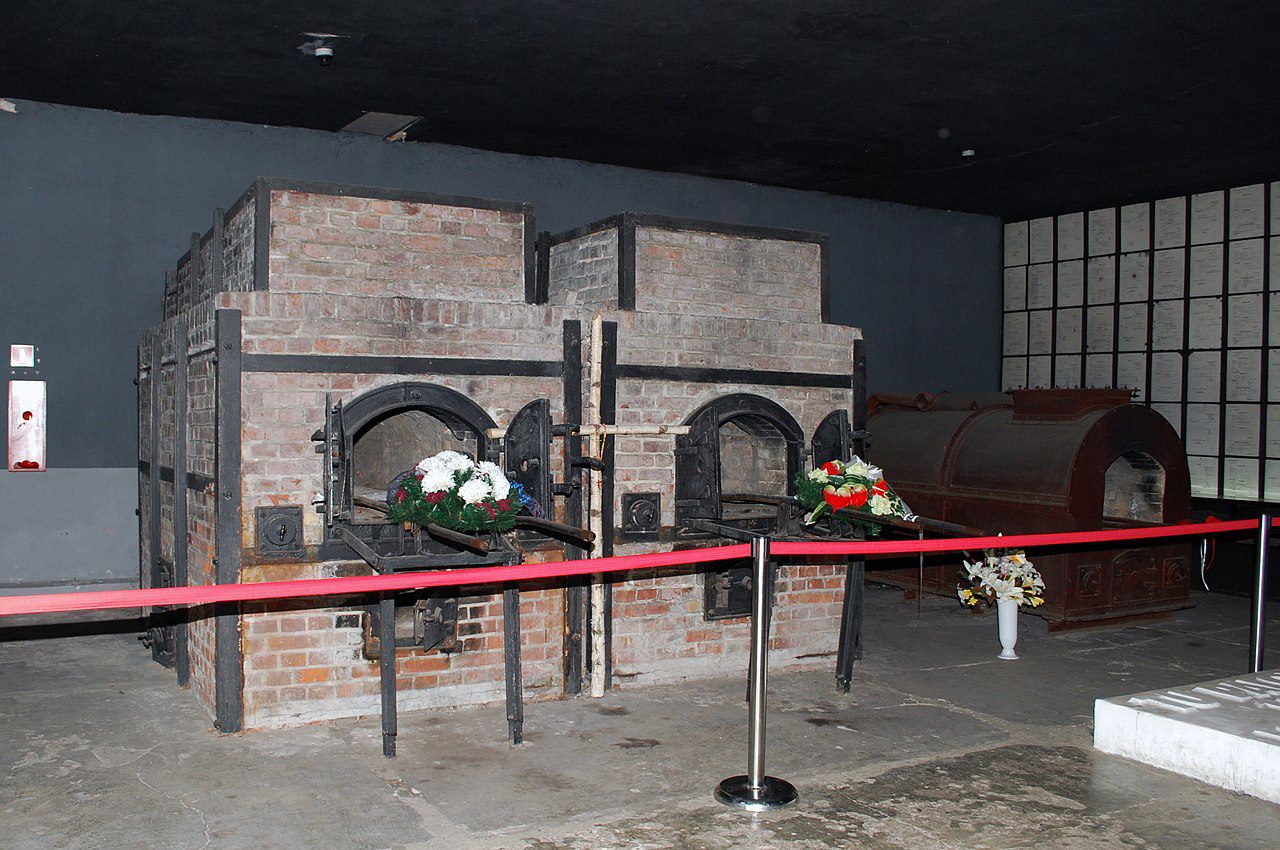
Liberation
Stutthof was the last camp liberated by the Allies on 9th May 1945 and it is estimated that between 63,000 and 65,000 prisoners of the camp and its subcamps died as a result of execution, hunger, disease, extreme labour conditions, and a lack of medical attention. As many as 28,000 of those who died were Jews. Other inmates of Stutthof included citizens from 28 different countries.
Conditions
The conditions in Stutthof were incredibly harsh, those who were not gassed, shot, clubbed to death, drowned in mud or given a lethal injection of phenol could just as easily die during one of the two typhus epidemics that swept through the camp.
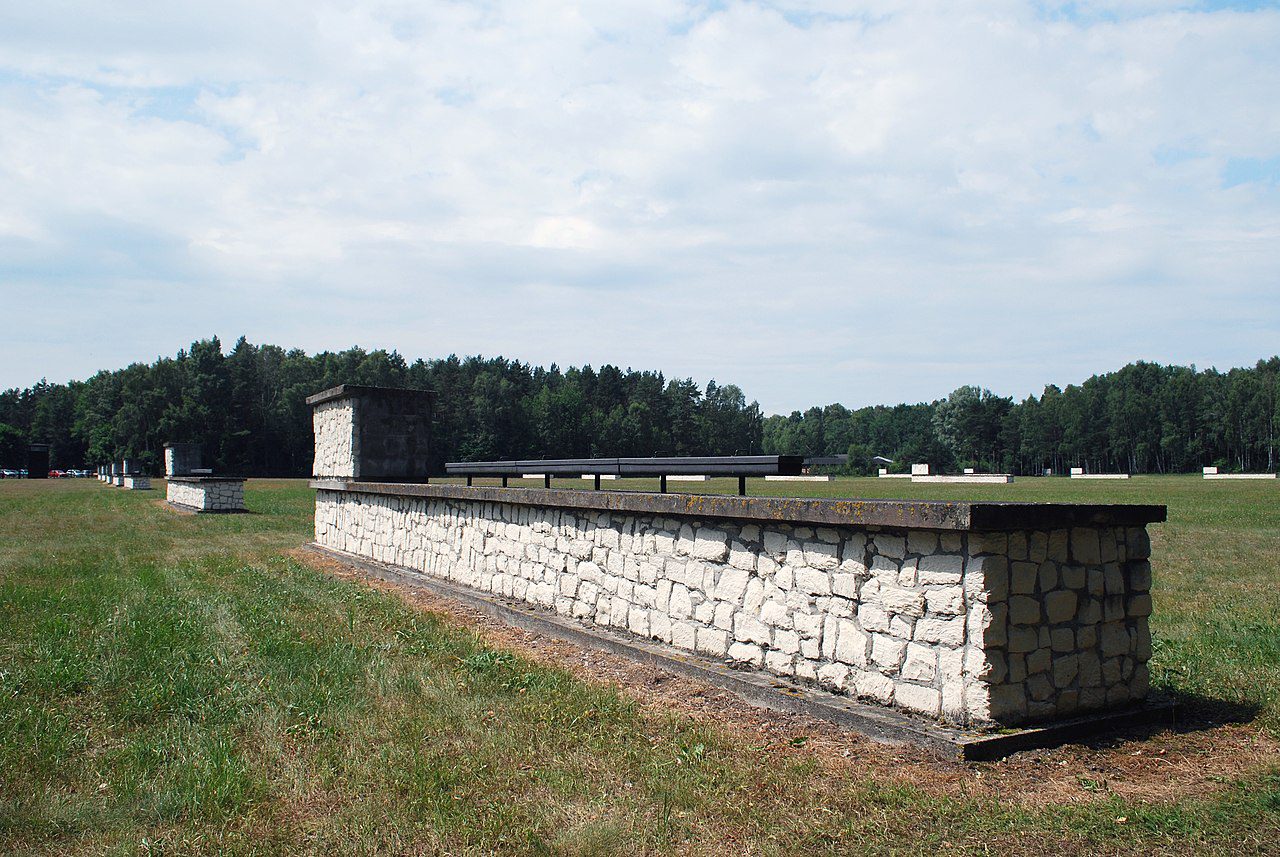
New camp
Initially the camp consisted of eight barracks to house the prisoners in addition to buildings for the SS guards and was surrounded by a barbed-wire fence. Stutthof was enlarged in 1943 with a new camp constructed alongside the earlier one containing thirty new barracks, a crematorium and a gas chamber, all surrounded by an electrified barbed-wire fence. Stutthof was included in the “Final Solution" in June 1944 and mass executions began assisted by mobile gas wagons to complement the maximum capacity of the gas chamber.
Focke-Wulf
Many prisoners were used as forced labourers working in an armaments factory located inside the camp next to the prisoner barracks or in a Focke-Wulf aircraft factory, which was constructed nearby.
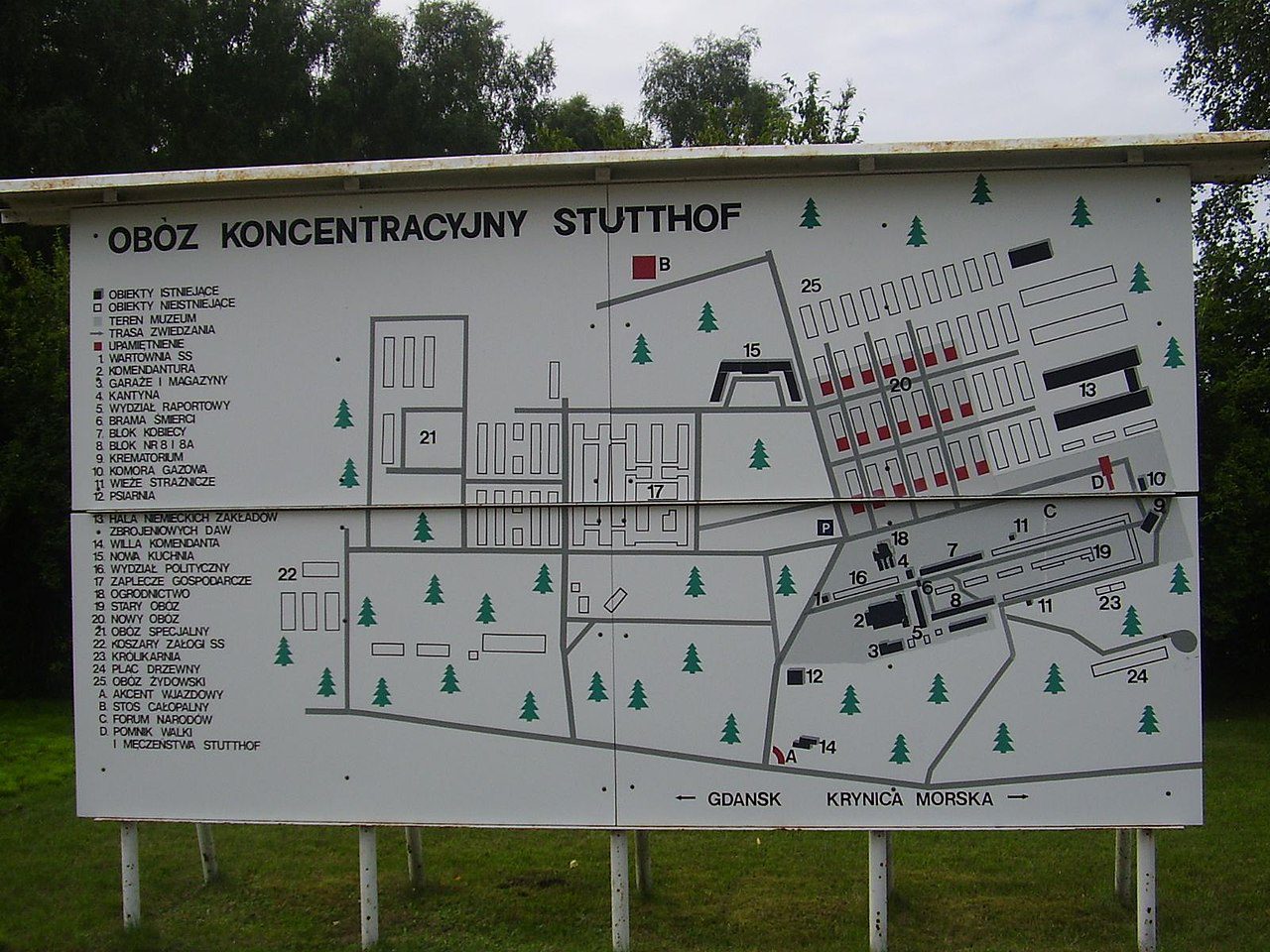
Evacuation
The evacuation of 50,000 prisoners from the Stutthof camp and subcamps began on 25th January 1945. Thousands died marching in severe winter conditions combined with brutal treatment by SS guards. Around 5,000 were marched to the Baltic Sea coast, forced into the water, and machine-gunned. It has been estimated that around half of the evacuated prisoners, over 25,000, died during the evacuation from Stutthof and its subcamps.
The camp itself was liberated by Soviet forces on 9th May 1945, rescuing about 100 prisoners who had managed to hide.
Museum
Today, there is a museum at Stutthof. During a tour of the camp, you can see a narrow gauge railway line that runs around the camp, the camp commandant’s villa, kennels, the main entry to Stutthof concentration camp, better known as the ‘Death Gate’, guard towers, barracks, gas chamber, crematorium, the original dual-layer barbed-wire fence and various exhibitions.
FAQ
Q: When was the established?
A: Stutthof was established in September 2, 1939, after the invasion of Poland by Nazi Germany during World War II.
Q: Where is Stutthof located?
A: The camp is located in a secluded, marshy area near the small town of Sztutowo (German: Stutthof) 34 km (21 mi) east of the city of Danzig (now Gdańsk, Poland) in the former territory of the Free City of Danzig.
Q: Who operated KL Stutthof?
A: It was operated by the SS (Schutzstaffel) from the time of its inception until the end of the war.
Q: How many people were killed at KL Stutthof?
A: An estimated 65,000 people were killed at Stutthof, including around 28,000 Jews, as well as Polish intelligentsia, Soviet and other prisoners of war.
Q: When was the camp liberated?
A: Stutthof was liberated by Soviet forces on May 9, 1945, near the end of World War II.
Q: Is KL Stutthof open to the public?
A: Yes, the camp is open to the public as a museum and memorial site. Visitors can tour the camp and learn about the history of the Holocaust and the atrocities committed at KL Stutthof.